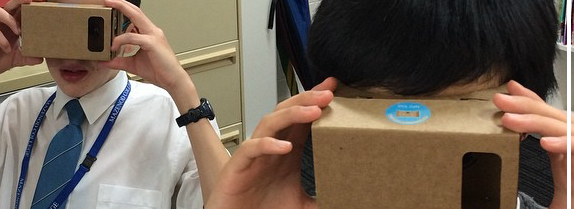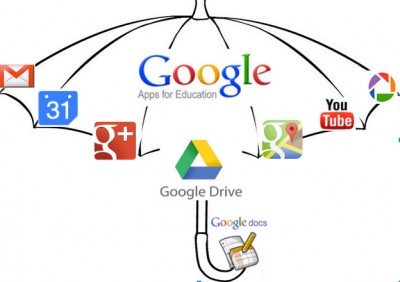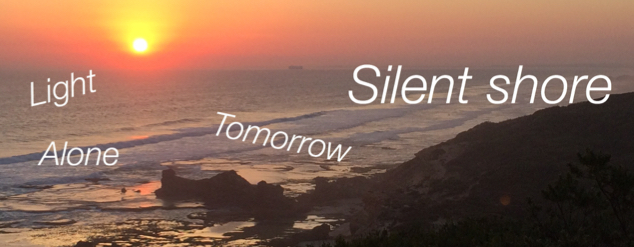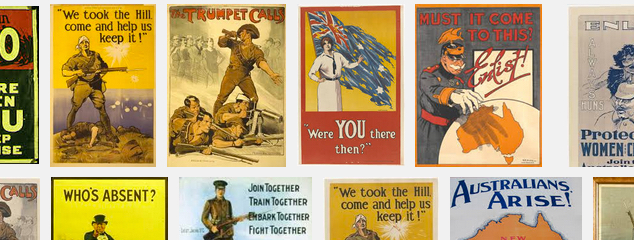 The Google Cardboard virtual reality (VR) headset was launched onto the market in July 2014. At the time the headsets only worked with Android phones and there were a limited number of apps available. From these humble beginnings they have grown into a range of different headsets that support most mobile phones and offer a growing choice of apps.
The Google Cardboard virtual reality (VR) headset was launched onto the market in July 2014. At the time the headsets only worked with Android phones and there were a limited number of apps available. From these humble beginnings they have grown into a range of different headsets that support most mobile phones and offer a growing choice of apps.
This week the humble headset has made a giant leap into the classroom with the announcement of Google Expeditions, the virtual reality teaching tool built with Google Cardboard. With Google Expeditions, teachers will be able to to choose from 100+ virtual fieldtrips to places like Mars, the Great Barrier Reef and the Great Wall of China.
To facilitate the introduction of Expeditions, Google will be visiting thousands of schools around the world with the kit of required equipment for teachers to use in their classes for the day. Australia is one of the first countries to be offered this exciting opportunity with visits available during September and October. If you are interested in a visit for your school, register via the Expeditions Pioneer Program.









